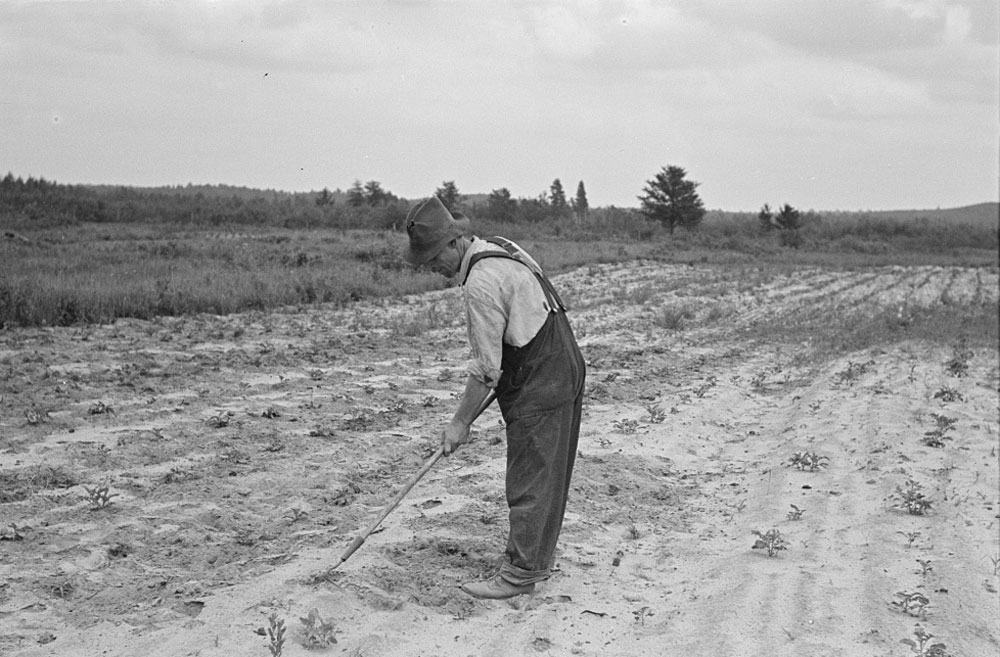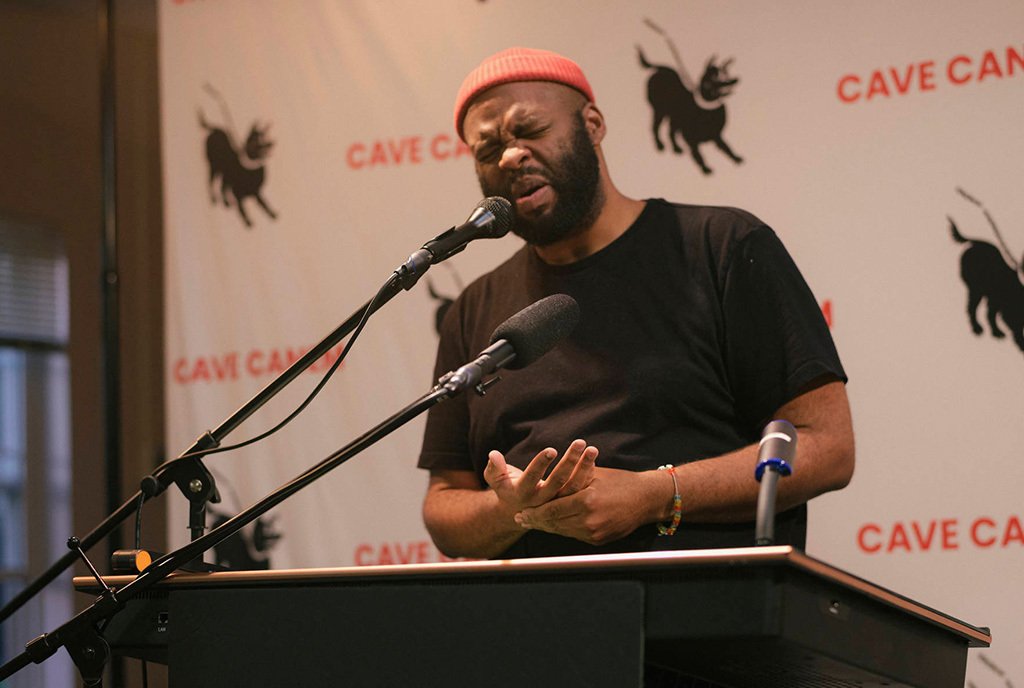
Writing in the New York Times, Hiroko Tabuchi and Nadja Popovich profile Sedrick Rowe, a farmer growing organic peanuts in southwest Georgia. Georgia, of course, is known for peanut farming; the US even elected a Georgia peanut farmer as president. What makes Rowe’s two plots—a modest 30 acres—noteworthy, however, is that he is a Black farmer in a state that once had tens of thousands of Black farmers but now has very few.
Over the past century, Georgia has lost 98 percent of its Black farmers. And Georgia is not alone; in 1920, Black Americans owned 14 percent of all farms in the United States—there were 925,000 Black farmers. By 2017, that number had fallen below 35,000. The biggest reasons for the decline have been white supremacist violence, lending, and land ownership policies that have served to systemically undermine Black farmers.
“It weighs on my mind,” Rowe tells Tabuchi and Popovich. “Growing our own food feels like the first step in getting more African American people back into farming.”
Thomas Walton Mitchell, a Texas A&M law professor who has long researched land tenure laws and was named a MacArthur Foundation fellow last year, estimates that the value of lost Black farmland wealth totals $350 billion. In the 1990s, Black farmers sued the federal government, garnering a modest $2.3 billion settlement that was limited to covering a very small part of the losses from discriminatory practices at the US Department of Agriculture (USDA) in the 1980s and 1990s. Needless to say, the gains from the Pigford case could hardly compensate for the much greater losses that Black farmers have suffered.
Now, a growing movement is building for land justice, especially in the South. For example, Rowe, in developing his farm, got help from the New Communities Land Trust, which provided him with technical assistance and training. New Communities, the first community land trust in the US, began in 1969. New Communities was forced, by a combination of drought and USDA discriminatory lending practices, to foreclose in 1985; however, it gained new life due to a $12 million award it received as part of the Pigford case and has been operating for the past decade.
This summer, the Union of Concerned Scientists and the HEAL Food Alliance (HEAL stands for Health, Environment, Agriculture and Labor) published a policy brief outlining their vision for a thriving Black, Indigenous and People of Color (BIPOC) farming sector. Farming, the authors observe, can be a “powerful path to build community wealth and resilience to challenges such as water pollution, droughts and floods, and lack of access to healthy food.”
Yet, they add, BIPOC farming groups face obstacles, including “difficulty securing capital, credit, land, infrastructure, and information.” Philanthropy has often served to reinforce these problems. An open letter by HEAL and its allies this summer noted that, “Over the years, it has become a common practice of foundations to resource white-led organizations to do service work in BIPOC communities, or to fund a white-led organization with an established funder relationship to subgrant to an under-resourced BIPOC-led organization.”
Sign up for our free newsletters
Subscribe to NPQ's newsletters to have our top stories delivered directly to your inbox.
By signing up, you agree to our privacy policy and terms of use, and to receive messages from NPQ and our partners.
The result, the letter writers add, is that “BIPOC organizations are asked to partner for bottom dollar while the white-led groups get the majority of resources.” The three foundations named in the letter (Kellogg, Rockefeller, and Walmart Foundation) met with letter signers in August and made some small concessions, but the dispute continues, prompting the initial group to publish a follow-up letter in December.
If some foundations have proved recalcitrant, federal policy may seem like an even less promising venue. From the beginning, the USDA earned the title the “last plantation” due to the predatory lending terms directed against Black farmers, notes Jillian Hishaw, founder and CEO of FARMS (Family Agriculture Resource Management Services), in a San Diego Union-Tribune interview.
Yet even as President Joe Biden appoints Tom Vilsack—who served as secretary of agriculture under Barack Obama and is widely seen as an advocate of “Big Ag”—to head USDA once more, efforts to shift the direction of USDA policy are gaining ground. The most obvious sign of this is the introduction into Congress after last November’s election of the Justice for Black Farmers Act by US senators Cory Booker (D-NJ), Elizabeth Warren (D-MA), and Kirsten Gillibrand (D-NY) after November’s election.
A summary is available here. Booker tells Tom Philpott of Mother Jones that while he doesn’t anticipate Congress passing legislation in this session, he believes the bill will help set the stage for major revisions in the Farm Bill, set for renewal in 2023. A list of over 100 group that are backing the bill is here.
Among the provisions of the proposed legislation are the following:
- Create a civil rights board to provide oversight over the USDA.
- Create and fund a new bank to provide financing and grants to Black farmer and rancher cooperative financial institutions and forgive USDA debt of Black farmers who filed claims in the Pigford
- Create a new Equitable Land Access Service within USDA to acquire farmland and provide land grants of up to 160 acres [the same size as the original Homestead grants given to white farmers in the 19th century] to existing and aspiring Black farmers.
- Dedicate $500 million a year to historically black colleges and universities (HBCUs) to support agriculture study, research, and technical assistance to farmers.
Leah Penniman, Co-Director and Farm Manager at Soul Fire Farm, calls the proposed bill an “opportunity to reverse and correct the millions of acres of land loss within the Black farming community and fortify the next generation of Black farmers with the foundation they need for successful careers in agriculture.” Lawrence Lucas, president emeritus of the USDA Coalition of Minority Employees, adds simply, “This is the Black Farmers Civil Rights Act of 2020, and it’s long overdue.”—Steve Dubb













